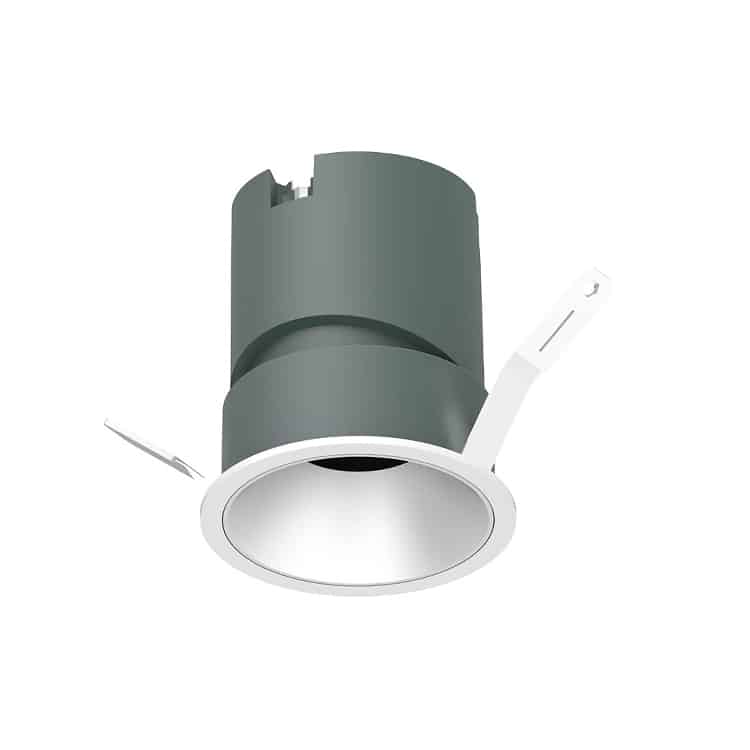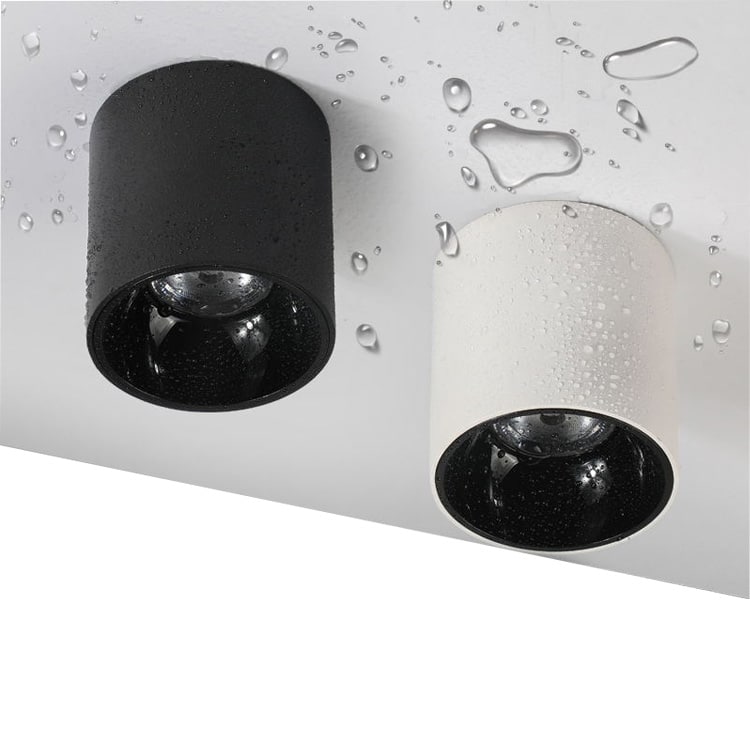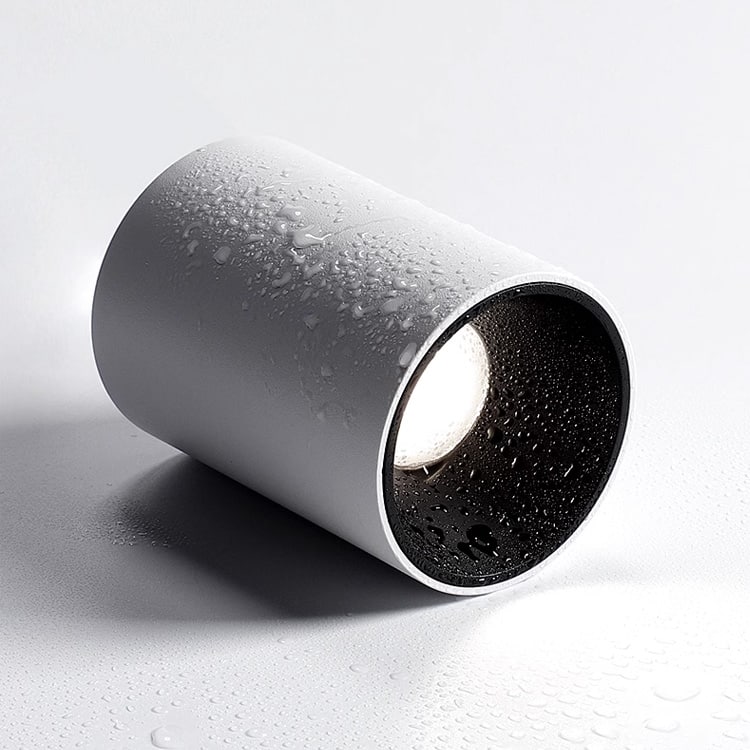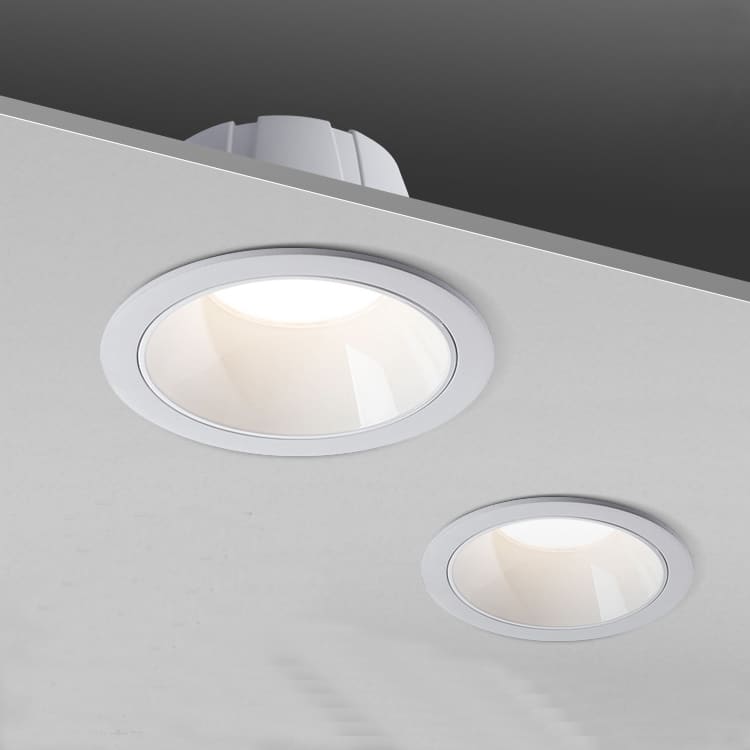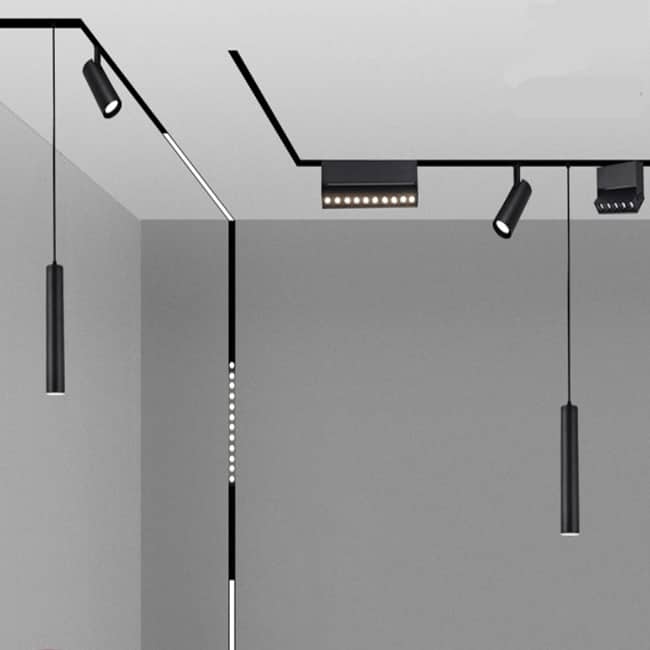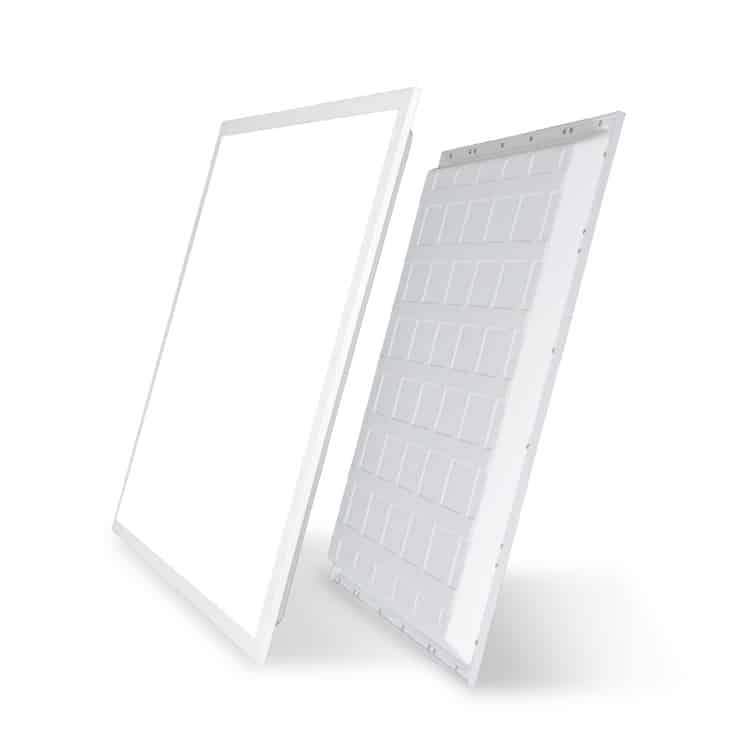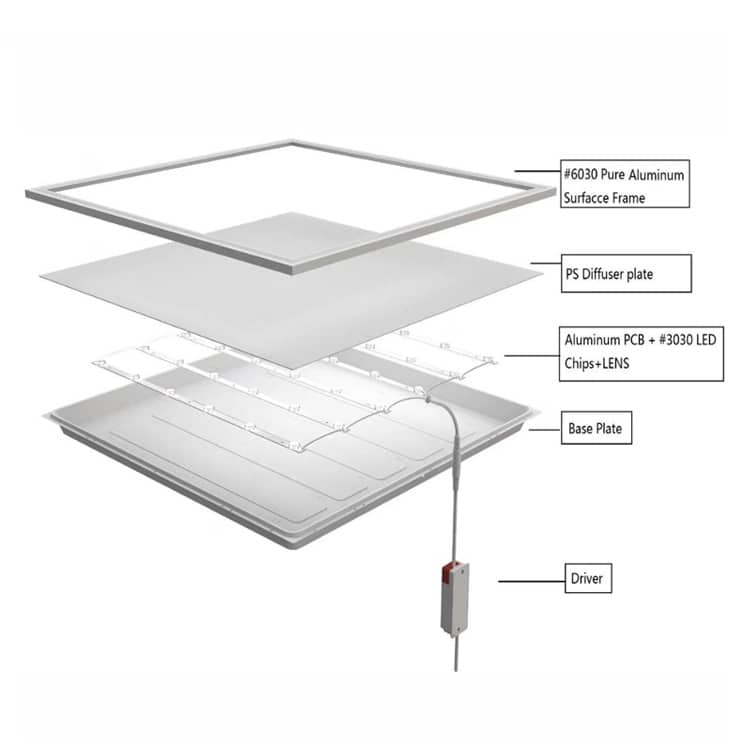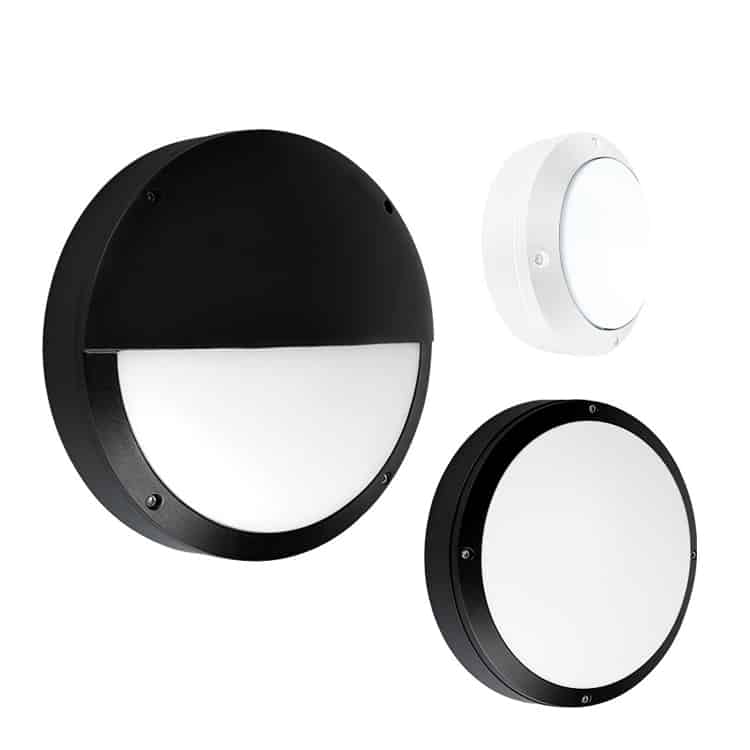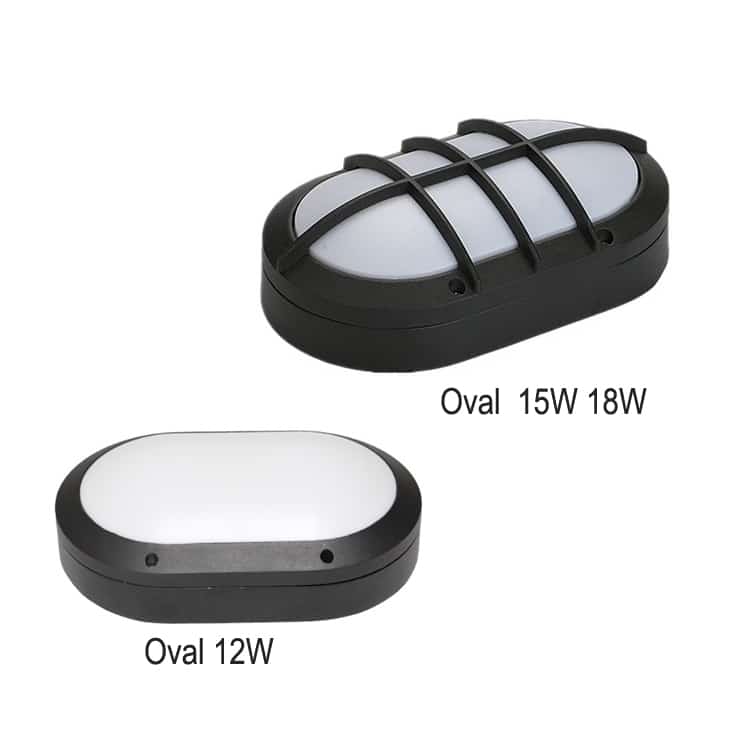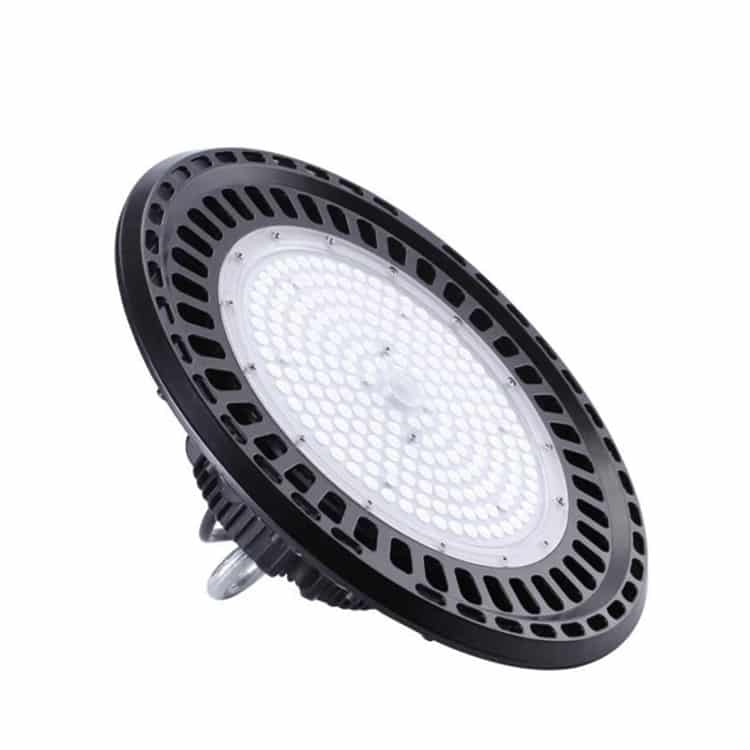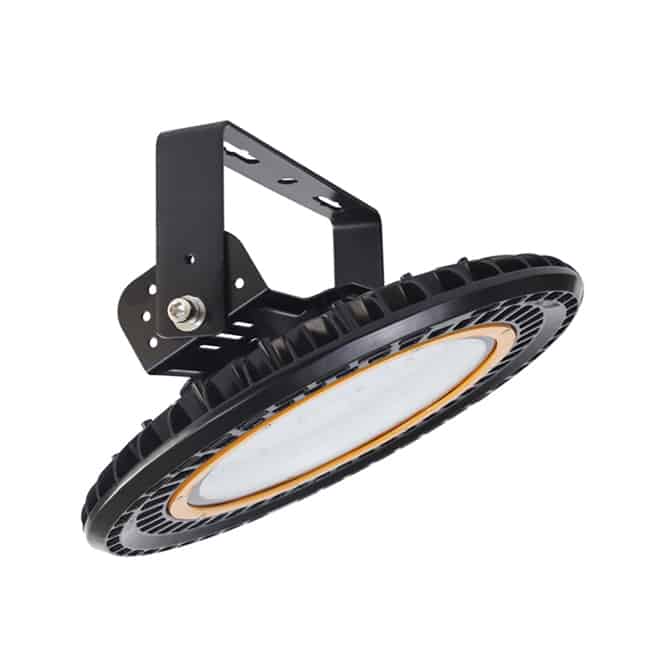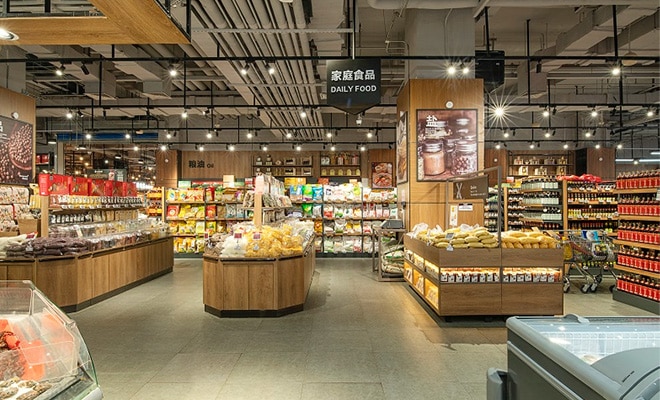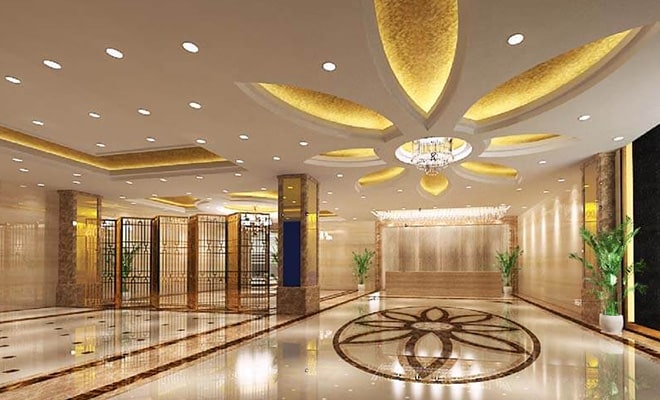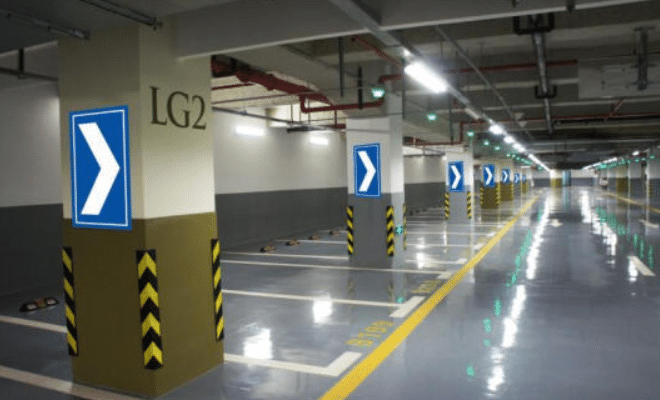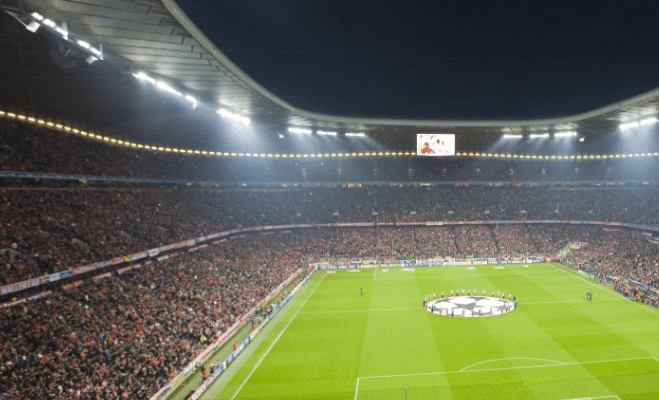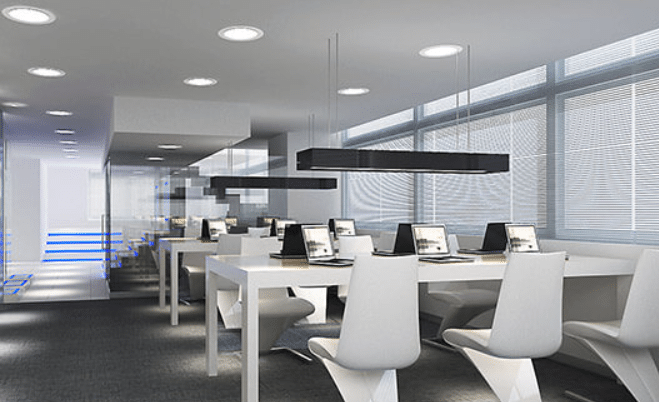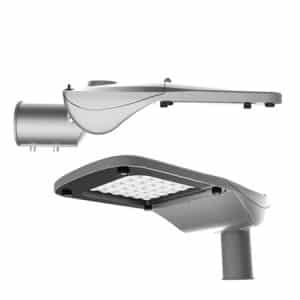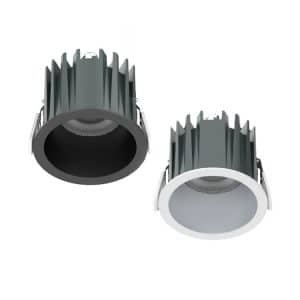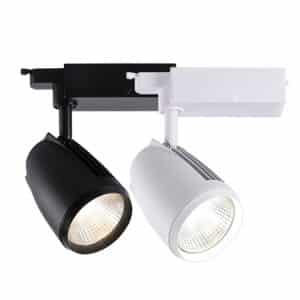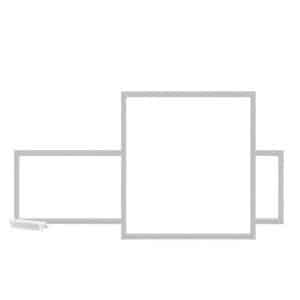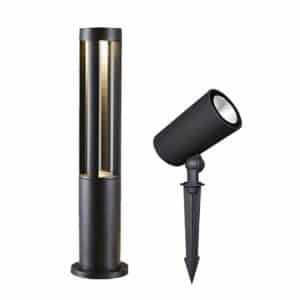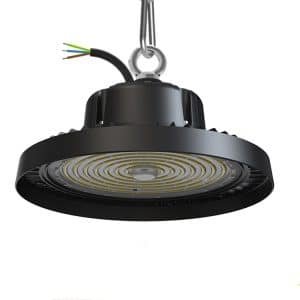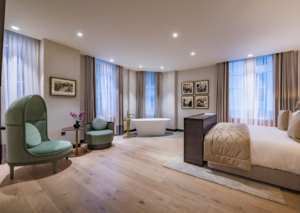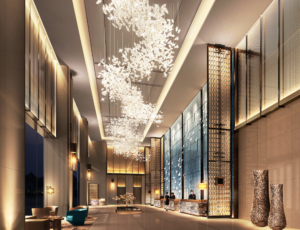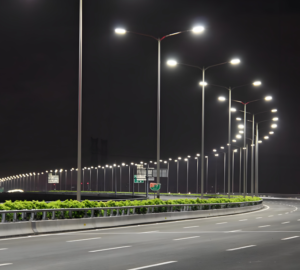Best Led Lighting Manufacturer, Supplier in China
GREENRIY Technology Co., Ltd with GRNLED, Eurolight, and Golumen Brand was built in 2014 and is one of the leading LED light manufacturers, suppliers, and factories in China.
HOT SALE LED LIGHTS
APPLICATION IDEAS
GET IN TOUCH
We’d love to know your business, requirements & expectations
Don’t you find what you are requesting?
WHY GRNLED AS YOUR PARTNER
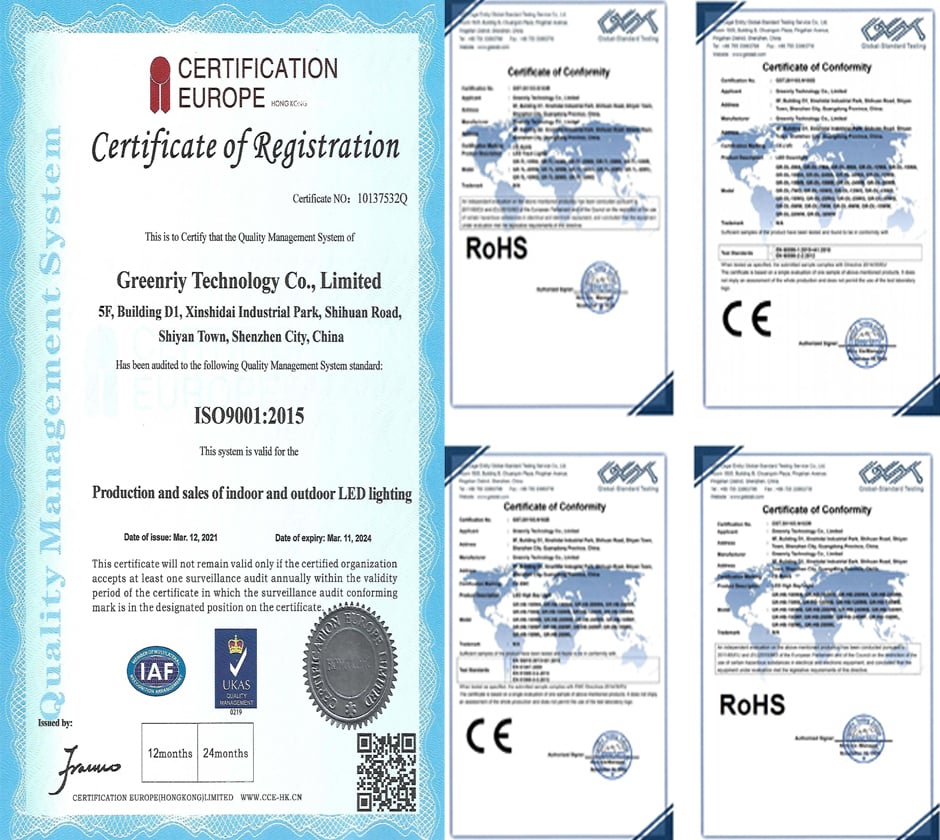
CERTIFICATES
As a professional LED lighting manufacturer and supplier, our LED light factory has passed ISO9001:2015 certification. Our LED lights have CE and RoHS certifications. All materials, like LED chips and LED drivers, are TUV, CE, CE, SAA, ETL, and UL-approved.
The quality management system certification ensures the standardized management of our LED lights factory and eliminates internal quality problems. LED light certification makes our products comply with international safety standards. By buying LED lights from our LED lights factory, you have a fundamental guarantee.

